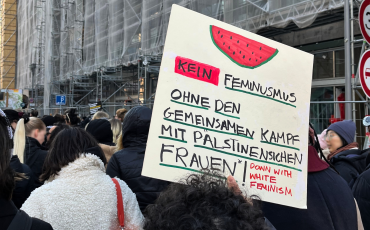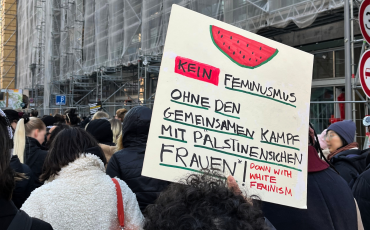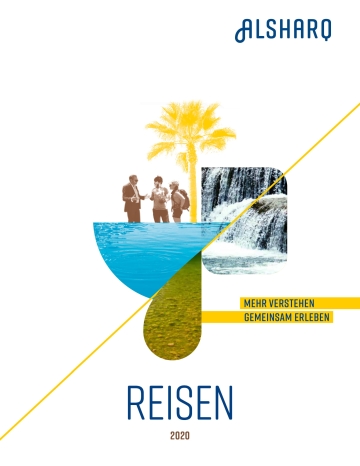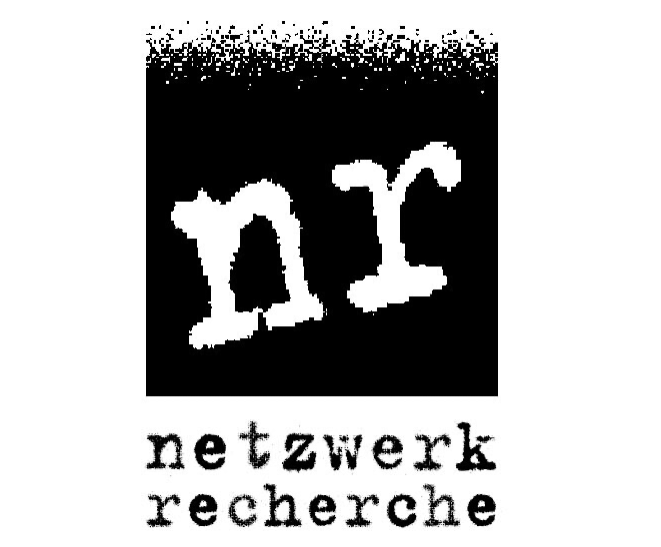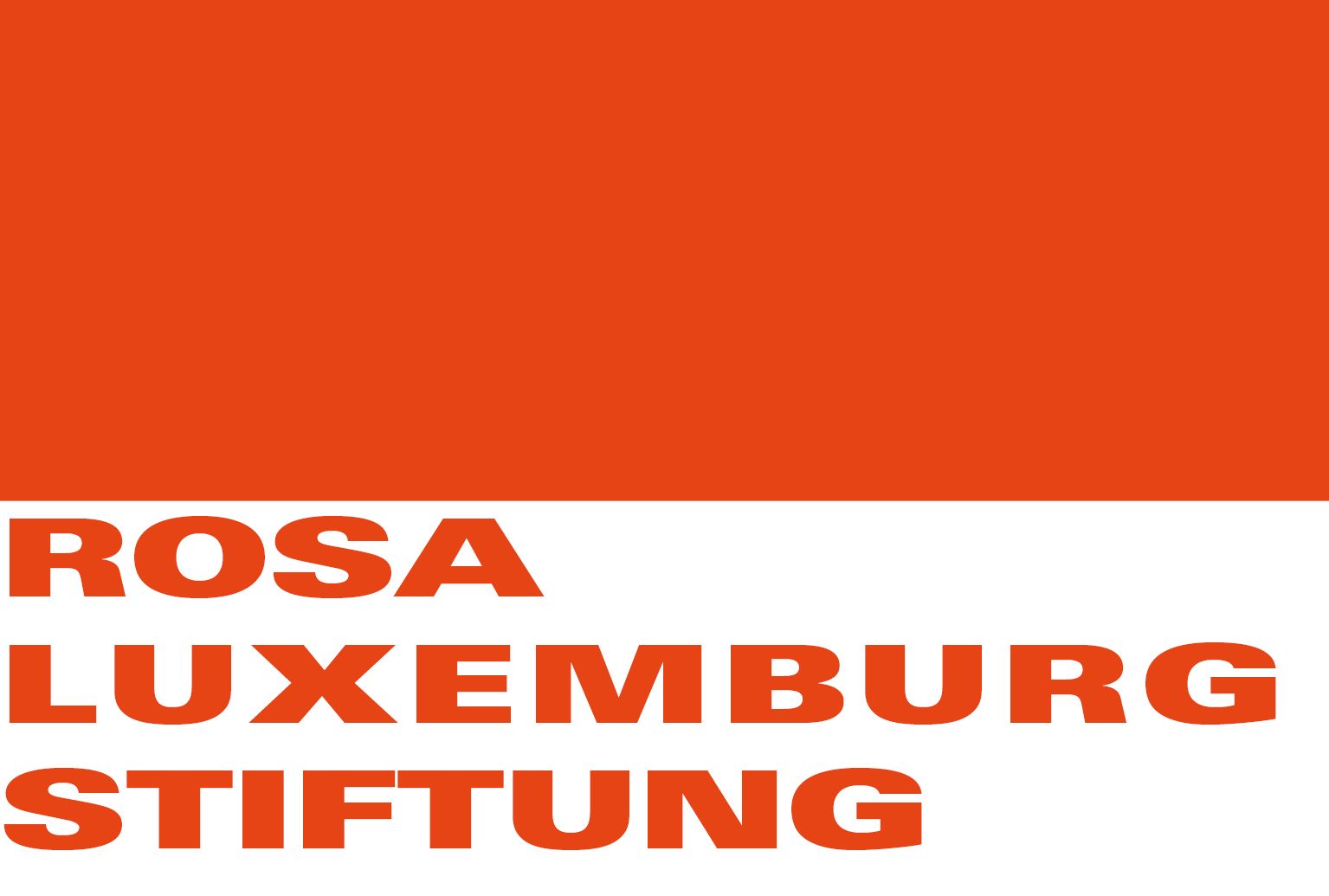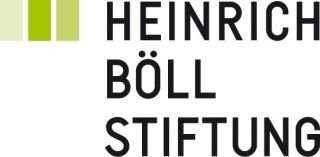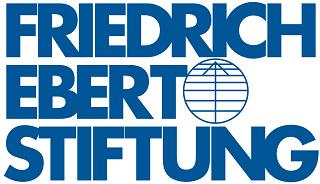Ending the Palestinian political and institutional division between the West Bank and Gaza through nation-wide reconciliation is a solid path towards restoring the democratic process and good governance. Uniting the dispersed state institutions under one consensus government would in practice reopen the avenue for holding national elections after 12 years of internal conflict. By Muhammad Shehada.
A window of hope shines here from knowing that what divides the two camps, Hamas and the Palestinian Authority (PA), is no longer an ideological difference in terms of conflicting beliefs and principals or significantly diverging visions on the future of the Israeli-Palestinian conflict. The old ideological divide came to an official end in 2017, when Hamas redefined its goal from a Palestinian state “between the river and the sea” to establishing a Palestinian state on the 1967 borders, while maintaining the rhetorical and moral devotion for a full return of all of Palestine, one day.
The divide also no longer stems from a major disagreement over the national political agenda or the mechanisms to achieving the goal of ending the occupation. Hamas and the PA are both converging towards backing popular non-violent resistance, accompanied by supporting diplomatic efforts to secure the survival of the Palestinian cause. Even Hamas’ armed-resistance has become more confined to being an instrument of defense and deterrence to prevent Israeli attacks on Gaza and a tool to pressure Israel to lift its blockade on the Gaza Strip, rather than being a mean to achieving liberation.
However, the remaining obstacles in the path of reuniting the discontiguous occupied Palestinian territories are paired by evident residuals of distrust from past experiences. The byproduct of this distrust is that Hamas desires to retain control over security forces in Gaza, with a symbolic return of 3,000 PA security personnel. This demand stems mainly from Hamas’ concern that Ramallah’s “collaborationist” intelligence and “preventive security” groups, if re-empowered in Gaza, would effectively endanger Hamas’s power ofdeterrence and pressure.
This demand is coupled by others that the PA should; make a full-change of the consensus government into a new unity one established on the basis of full-partnership, and that such government should finance the salaries of the Gaza security personnel and civil employees that Hamas hired since the 2007 division; the amount of whom is about 38,000 people.
A PA government committee formed to study the inclusion of Gaza’ employees in 2017 concluded that the PA could easily include Hamas’ civil force of 20,000 employees, while the security forces hired by Hamas form a more complicated predicament.
PA president Mahmoud Abbas still refuses to assume responsibilities for Gaza for as long as the state monopoly over violence and coercion remains in the hands of personnel loyal to Hamas, who might potentially use such coercion against him to leverage political demands.
Instead, Abbas demands a gradual but full enabling of the so-called consensus government in Gaza, particularly in the security sector. This marks a catch 22 of Hamas being concerned that Abbas wants to destroy its structures and Abbas being concerned that Hamas wants to put him under its domination in Gaza.
In addition to the predicament of trust, the substantial dilemma that obstructs reconciliation is a clear divergence in paradigms stemming from the overall functionality of each camp. Hamas demands full partnership and dividing power, which would effectively enable it to maintain its resistance apparatus but would actively jeopardize the PA’s relations with Israel and the international community. At the same time Abbas calls for reclaiming full-authority under the notion of the PA’s legitimacy; one state, one law, one arm.
Third Party Mediation
A third-party mediation is indispensable to bridge the gap between the two sides. Egypt has been delegated by the Arab League to assume the role of this mediator since 2007. Ever since, successive Egyptian regimes have been keen to retain such a role in order to gain greater relevance and prominence in the international community.
However, although Egypt has demonstrated effective influence on both parties in different occasions it is neither fair nor trusted as a mediator to either side. Both parties expressed their grievances that Egypt prioritizes the interests of a fourth party; namely Palestinian dissident Mohammed Dahalan, whose top interest is to re-gain a strong foothold in Palestinian politics.
To break through this deadlock, three options essentially jump into the scene:
Fostering purely Internal Palestinian talks
Earlier successful precedence – of how divided parties could manage to reach an internally-mediated agreement that is more concrete and applicable without a third-party influence – provides an opening to consider fostering purely internal Palestinian talks.
Although leaders from both sides have emphasized the high potential and significance of such internal arrangements, triggering such internal progress essentially requires tackling the issue of distrust. Either through unilateral concessions made by a first-mover; in the Palestinian case, such concessions are unlikely to occur without change in the PA leadership. Or through replacing current leaders; many Palestinians expressed that reconciliation would be much easier if Abbas was to leave office, since the ensuing high competition on assuming his office would incentivize potential successors to make tough concessions in order to successfully ascend into office and stabilize the situation afterwards.
Encouraging Palestinian elections
In a youthful society, Palestinians by the age of 30 or younger have not voted a single time in their lives. The halting of the democratic process, after the division, obliterated the electoral accountability and consequently made people invisible to the eyes of the PA and Hamas.
Although both parties pledged that the winner of any future elections would keep all power, yet neither side trusts the other to carry fair and free elections in their controlled territory, the best way Hamas and the PA would agree to hold elections would be to successfully implement the 2017 reconciliation agreement. But how could the reconciliation succeed without change in leadership? This catch 22 leads to the third option.
Incentivizing the Reconciliation
The European Union (EU) enjoys a positive reputation amongst both conflicting parties and could effectively play a pivotal role in this regard. There is also an opportunity here that Hamas leaders, who are by norm isolated and consequently politically inexperienced, have a great potential to open up and change if properly engaged with by the international community.
However, how could the EU mediate between the two groups if it does not recognize the other side and it runs away from Hamas as if it is running away from the plague? One way to tackle the EU no-contact policy, which was enacted following Hamas’ success in the 2006 Palestinian parliamentary elections, yet non-binding to EU member states, is to reconsider the legality of maintaining the movement since 2003 on the EU terror list. The EU could create the incentive that if Hamas implements the 2017 reconciliation agreement, it would be rewarded by EU delisting.
Already in 2014, an EU court ordered the removal of Hamas from that list since its labeling as a terrorist group relied more on press and media materials rather than evidence or legal deliberations. However, this decision was overruled, and Hamas continues to be stigmatized and isolated.
The EU should follow other governments’ approach to Hamas. For instance, Switzerland maintains a neutral approach of “impartial inclusiveness”. Switzerland does not take sides in conflicts, since from its perspective it is more important to end the conflict than to join either one of the conflicting camps, and thus it ran dialogue with Hamas to foster Palestinian reconciliation. Russia also ran dialogue with Hamas on the same matter, and both Russia and Switzerland did so without necessarily empowering or financing the movement.
Maintaining the EU designation of Hamas as a terrorist movement doesn’t only isolate the movement, but it undermines the overall Palestinian project; where bestowing legitimacy over one Palestinian side and withholding it from the other perpetuates the inability to reconcile both sides into one body.
Muhammad Shehada is a writer and civil society activist from the Gaza Strip and a student of Development Studies at Lund University, Sweden.


